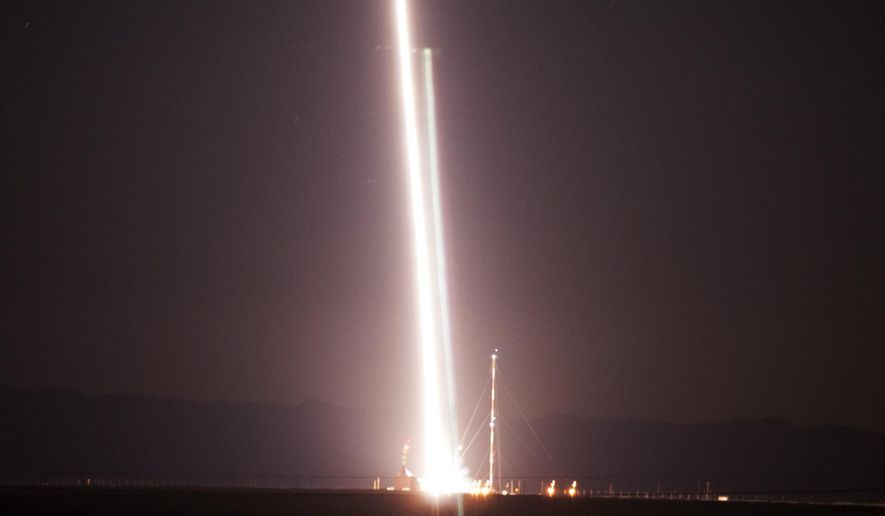The Missile Defense Agency has awarded nearly $30 million this week in order to bankroll research and development for a new war machine concept, the Multi-Object Kill Vehicle.
Raytheon and LockHeed Martin were named Tuesday by the Pentagon as the recipients of contracts worth $9.8 million and $9.7 million, respectively, and an announcement Thursday revealed that Boeing had similarly been awarded $9.8 million in Defense Department funding.
All three contractors are being asked to design a prototype for the Multi-Object Kill Vehicle, “a concept that can destroy several objects within a threat complex by considering advanced sensor, divert and attitude control and communication concepts.”
The Pentagon has previously tried its luck on a similar endeavor, the Multiple Kill Vehicle program, but pulled the plug back in 2009 over what Robert Gates, the then-head of the Defense Department, called “significant technical challenges and the need to take a fresh look at the requirement.”
Talks of a missile program component capable of responding to multiple attacks at once have resurfaced in Washington in recent months in light of what some lawmakers said were acts of aggression by Russia, specifically supposed violations of the Treaty on Intermediate-Range Nuclear Forces.
A congressional markup to the 2016 Pentagon budget specified a need to “fill current military requirements and capability gaps” in light of Russian activities, and the Senate has passed a defense spending bill that calls for Multi-Object Kill Vehicles prototypes to be ready for testing by 2020.
“Ultimately, these Multi-Object Kill Vehicles will revolutionize our missile defense architecture, substantially reducing the interceptor inventory required to defeat an evolving and more capable threat to the Homeland,” Navy Vice Adm. James Syring, the director of the Missile Defense Agency, told the Senate Appropriations defense subcommittee during testimony in March.
Doug Graham, Lockheed Martin’s vice president of missile systems and advanced programs, called the program “an important step in changing the cost curve for missile defense engagement.”
“Our talented engineers will use out-of-the-box Silicon Valley thinking to create an ultra-high-performance system that will operate outside of the atmosphere while traveling thousands of miles per hour,” he said in a statement this week.
• Andrew Blake can be reached at ablake@washingtontimes.com.




Please read our comment policy before commenting.